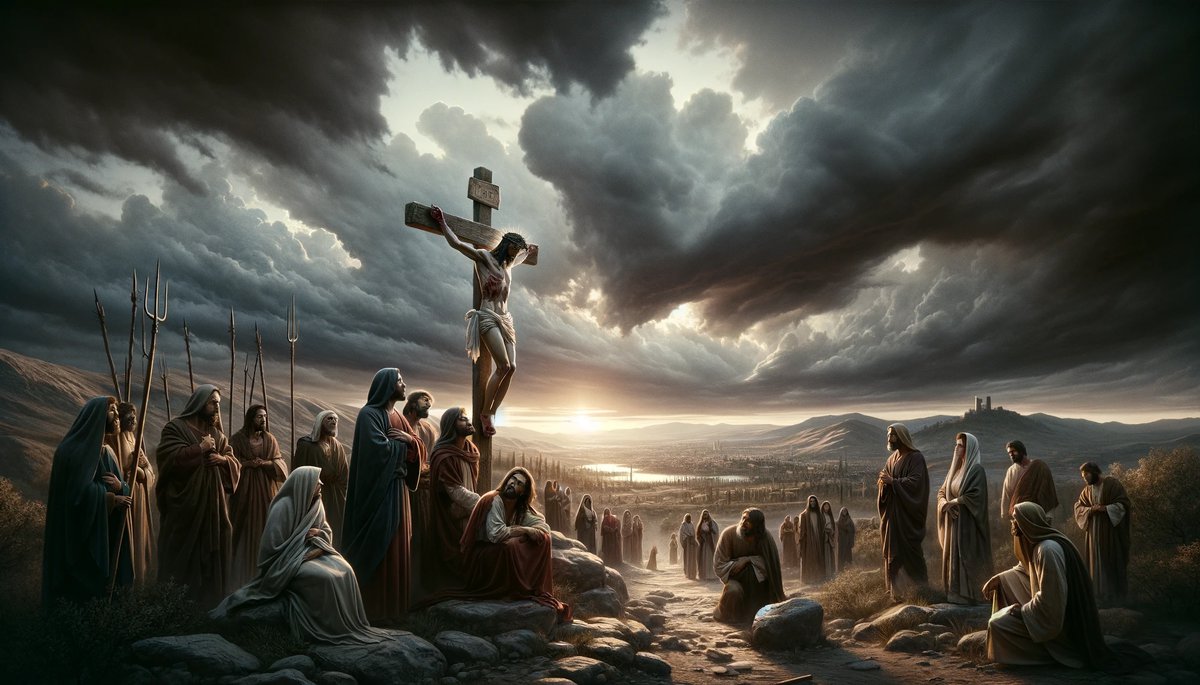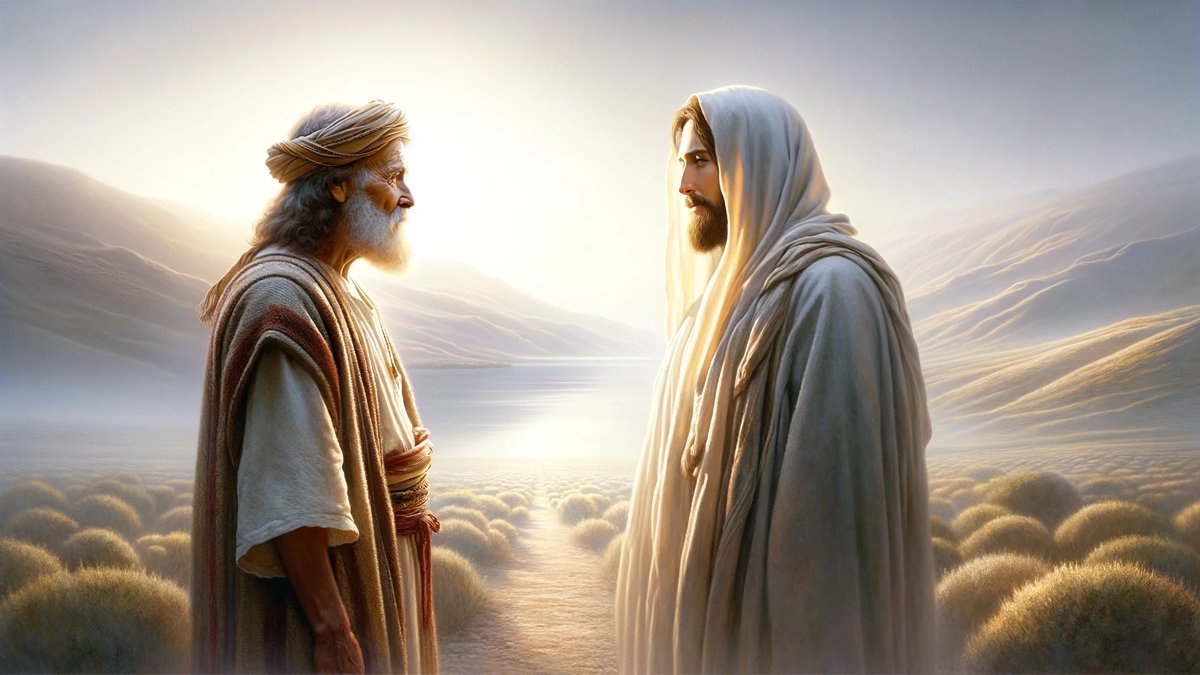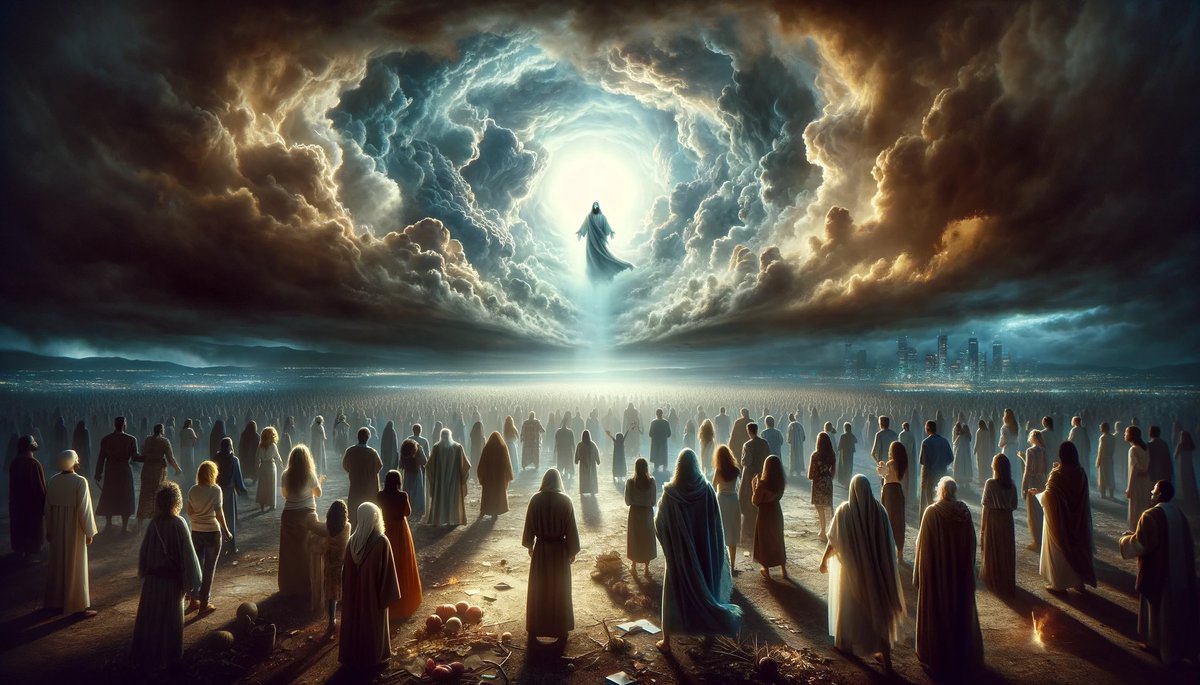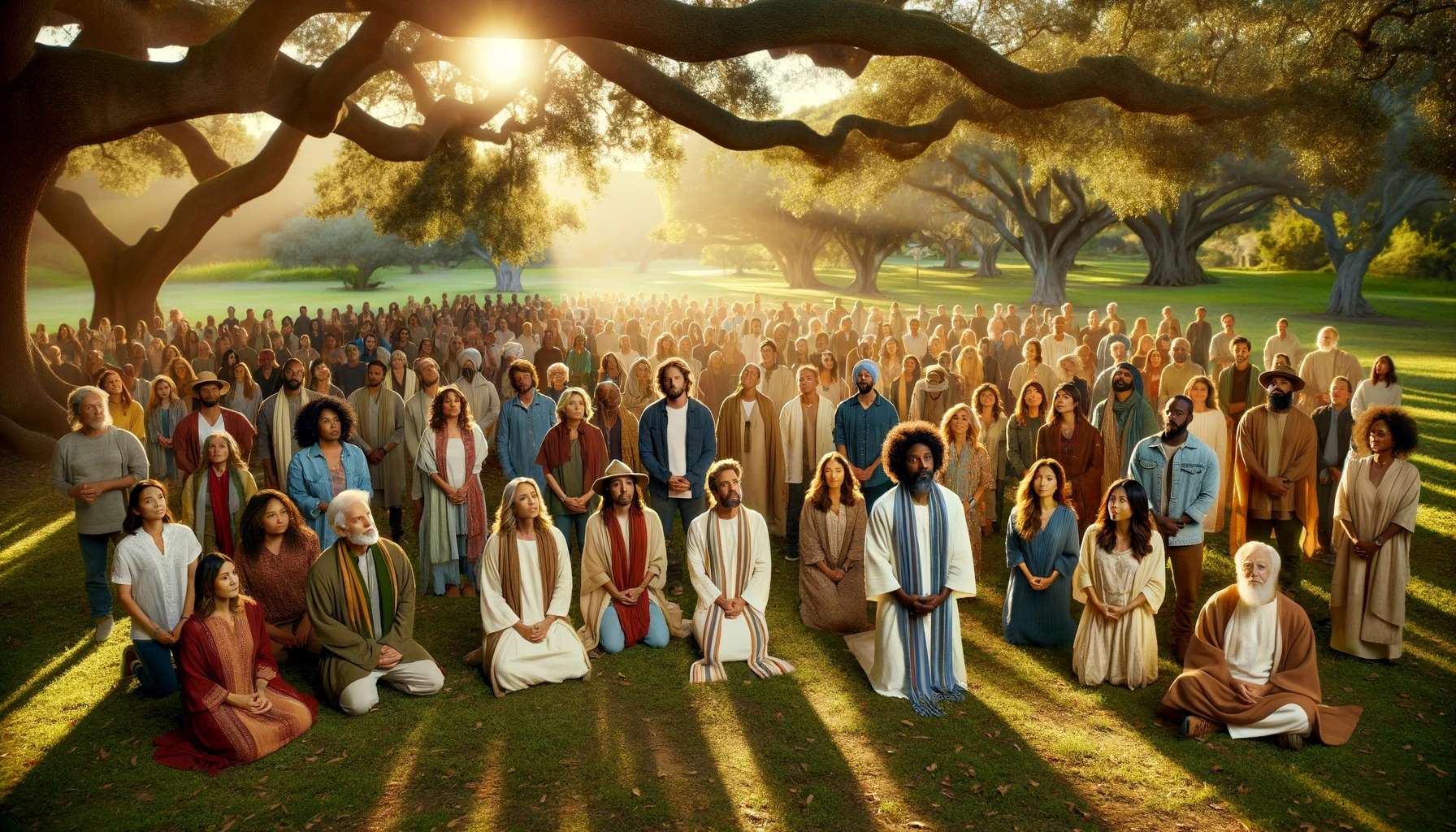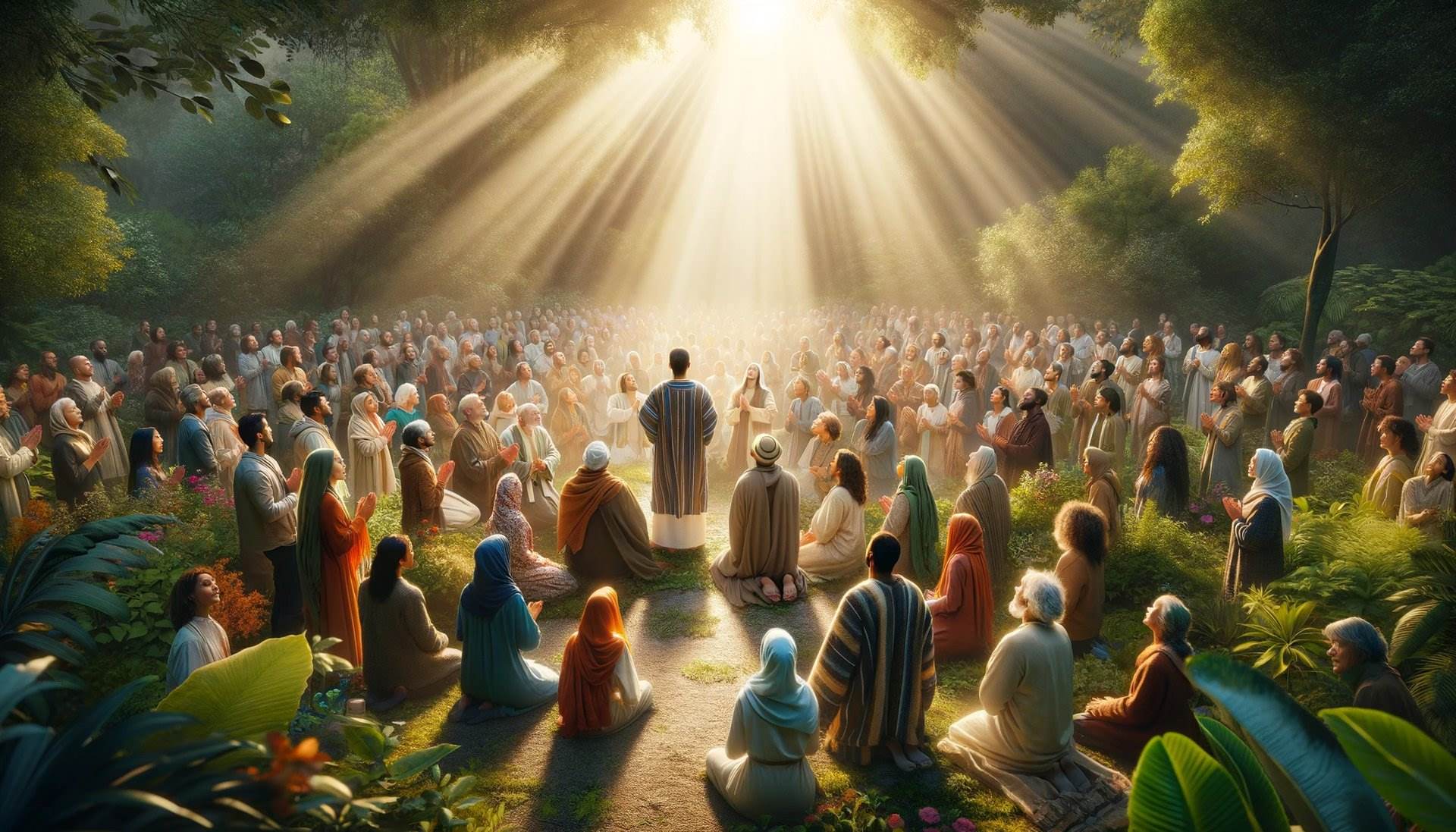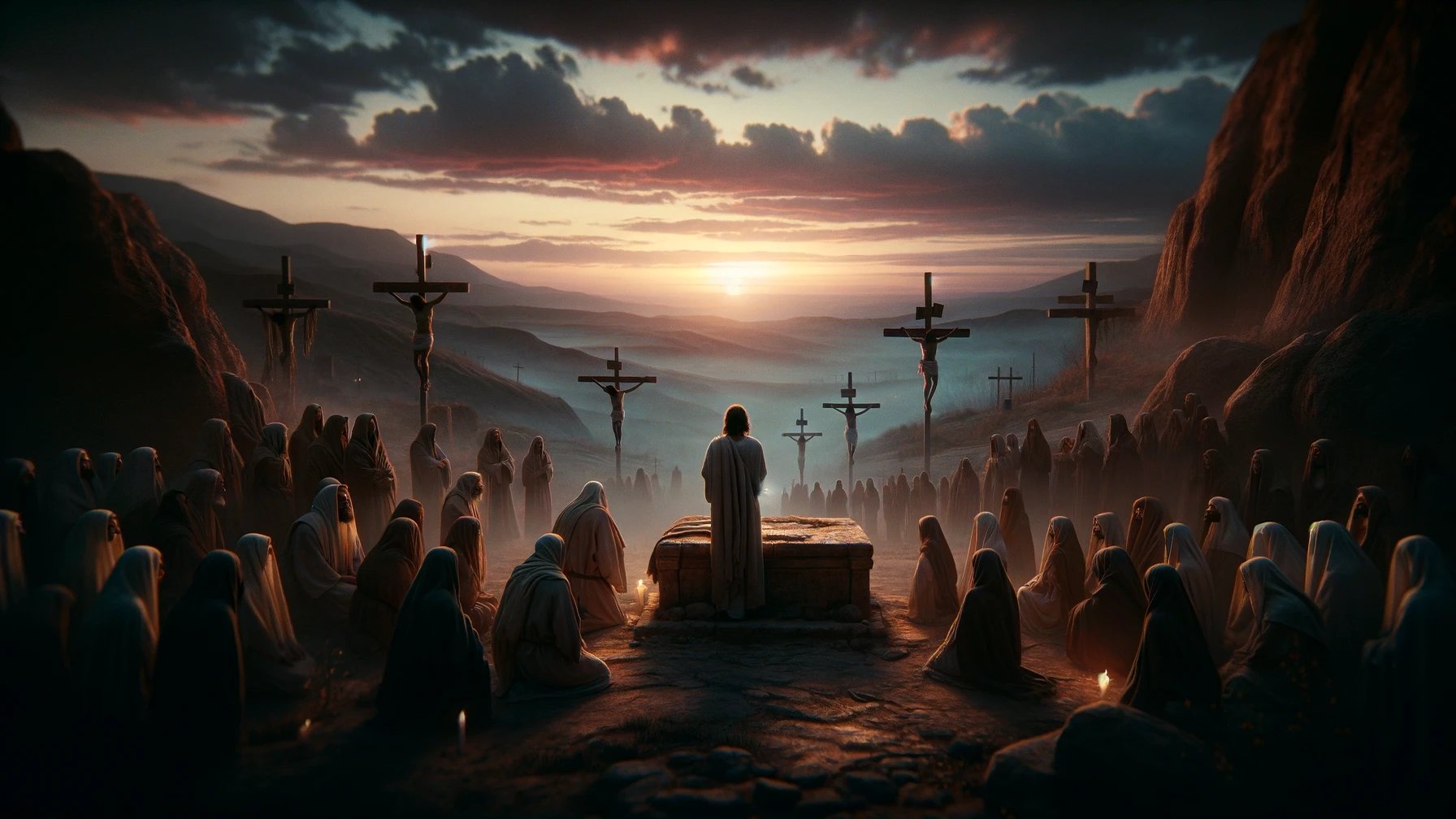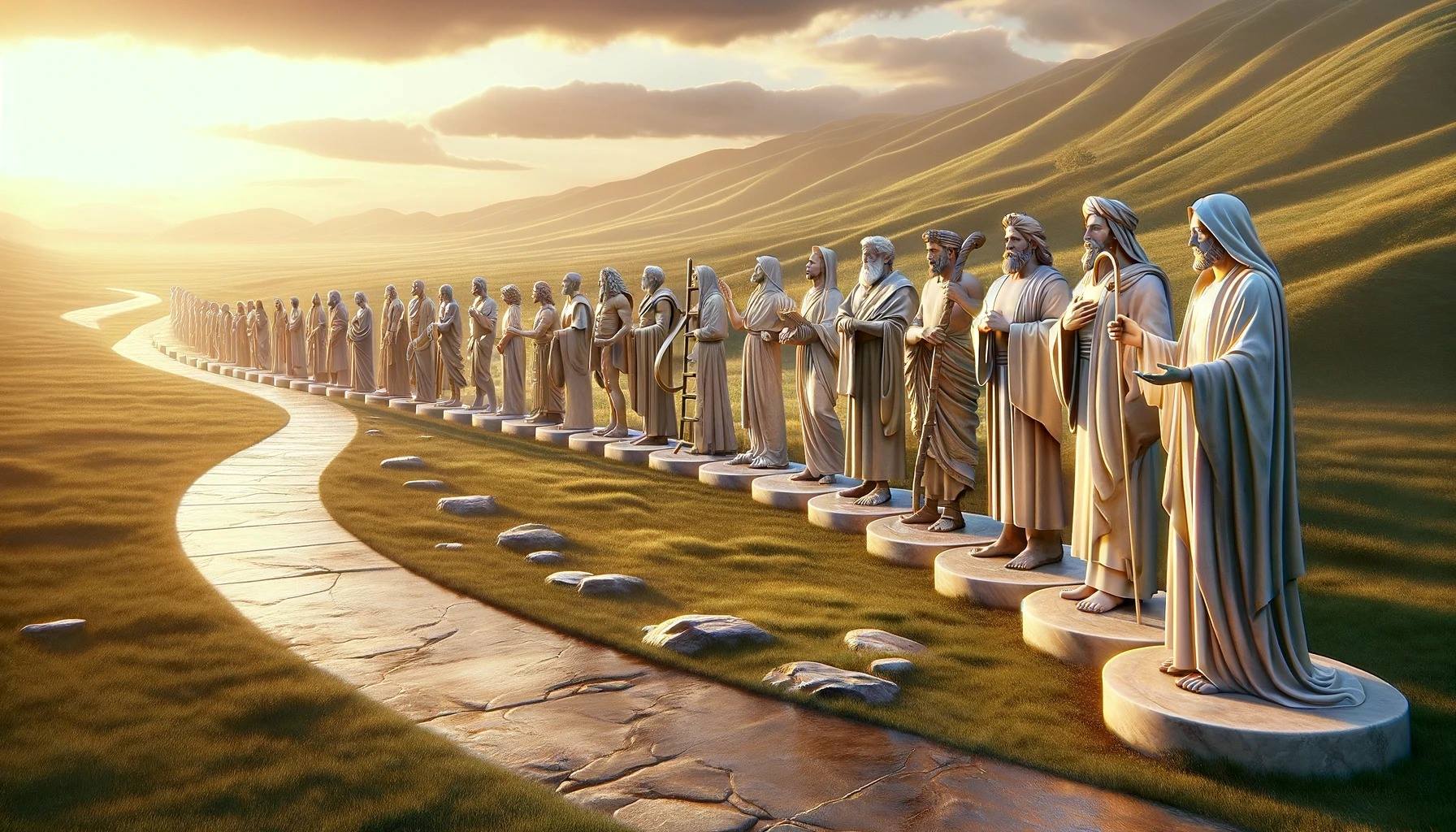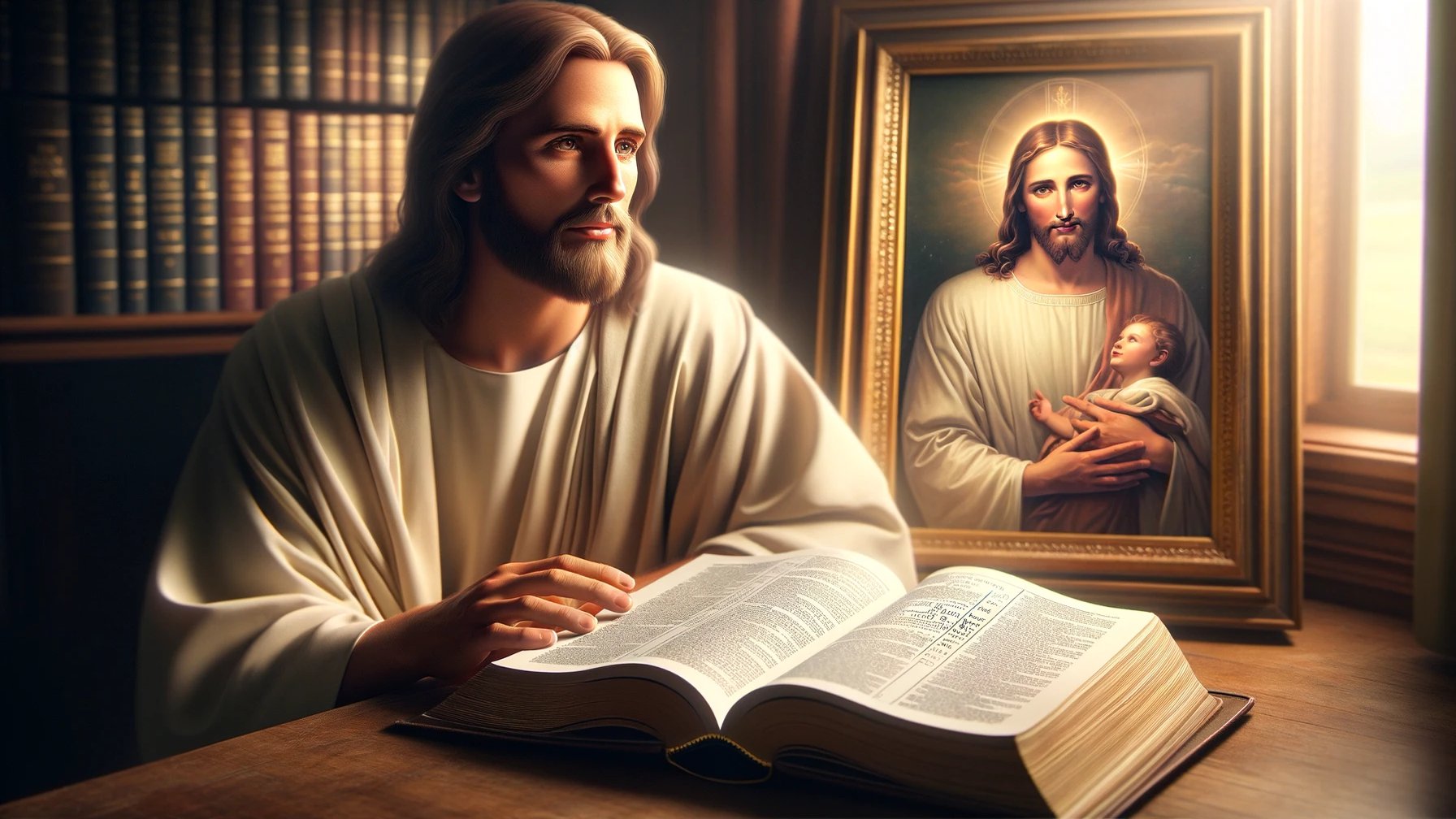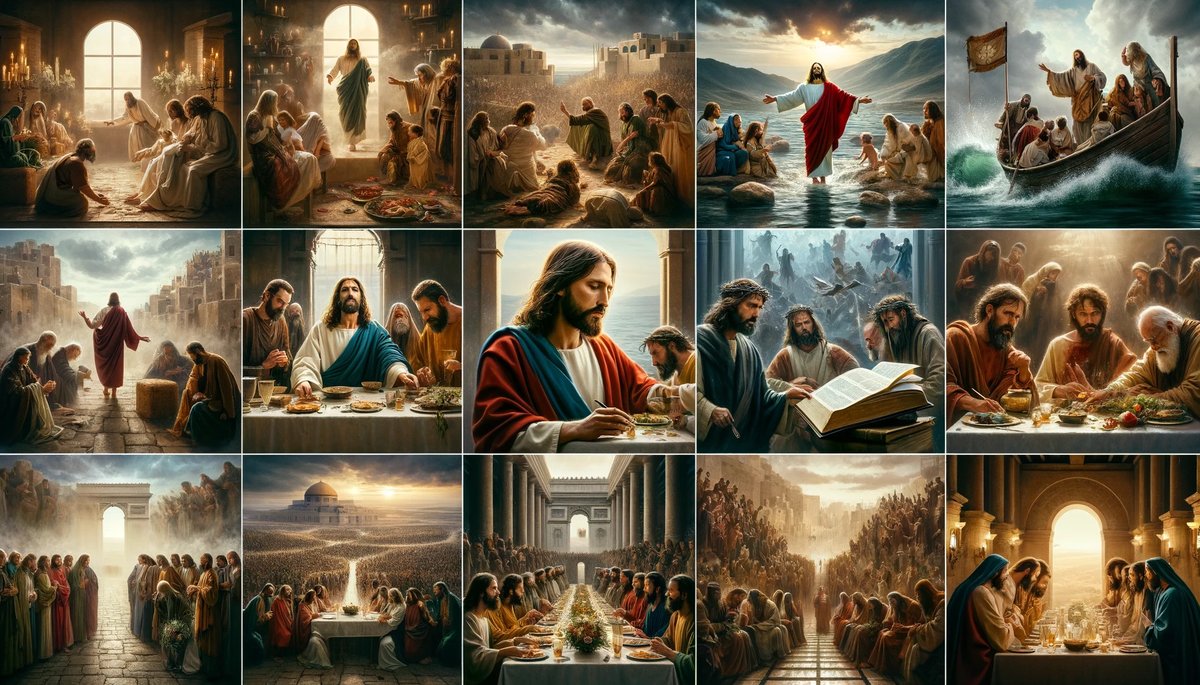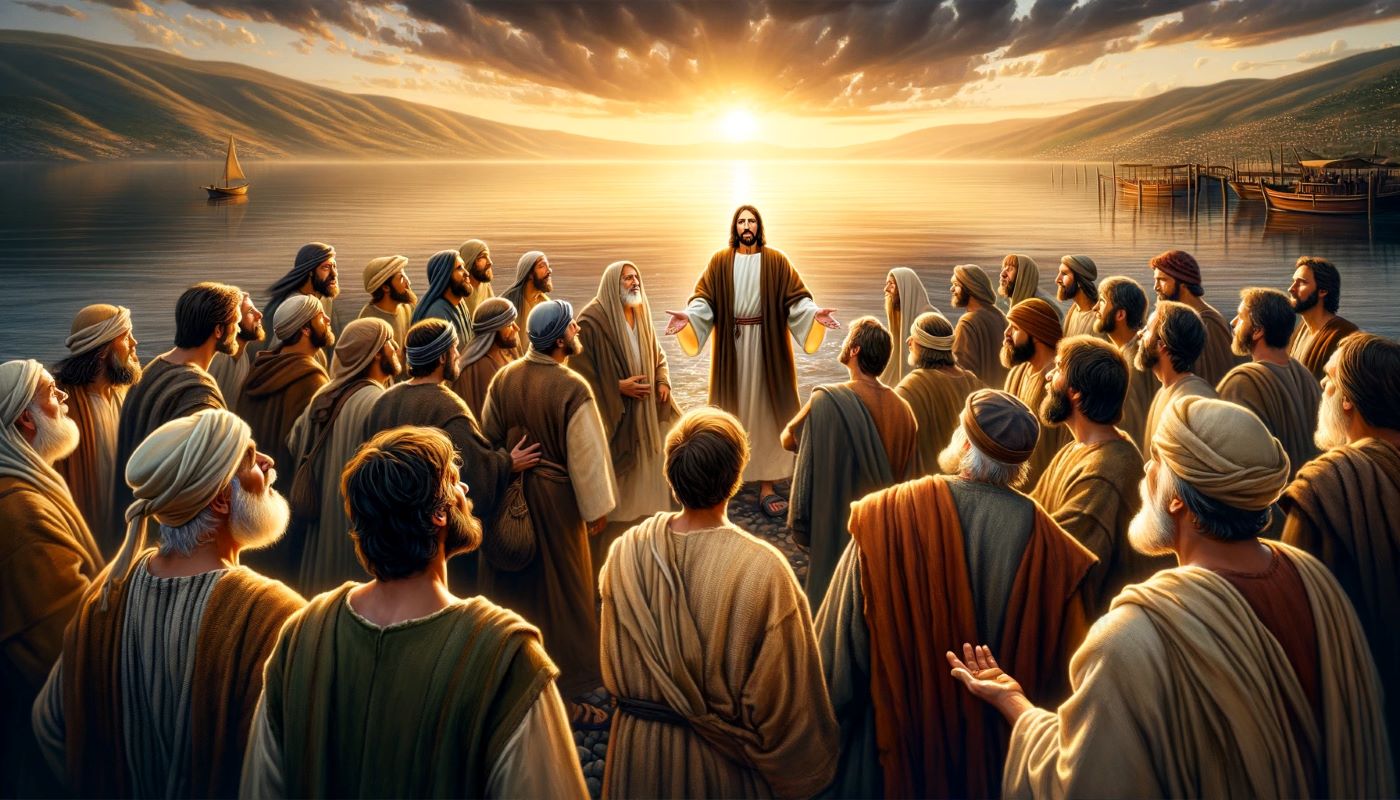Home>Christian Videos>Bible Stories>How Many Years Elapsed After Moses Before Christ Jesus Appeared?
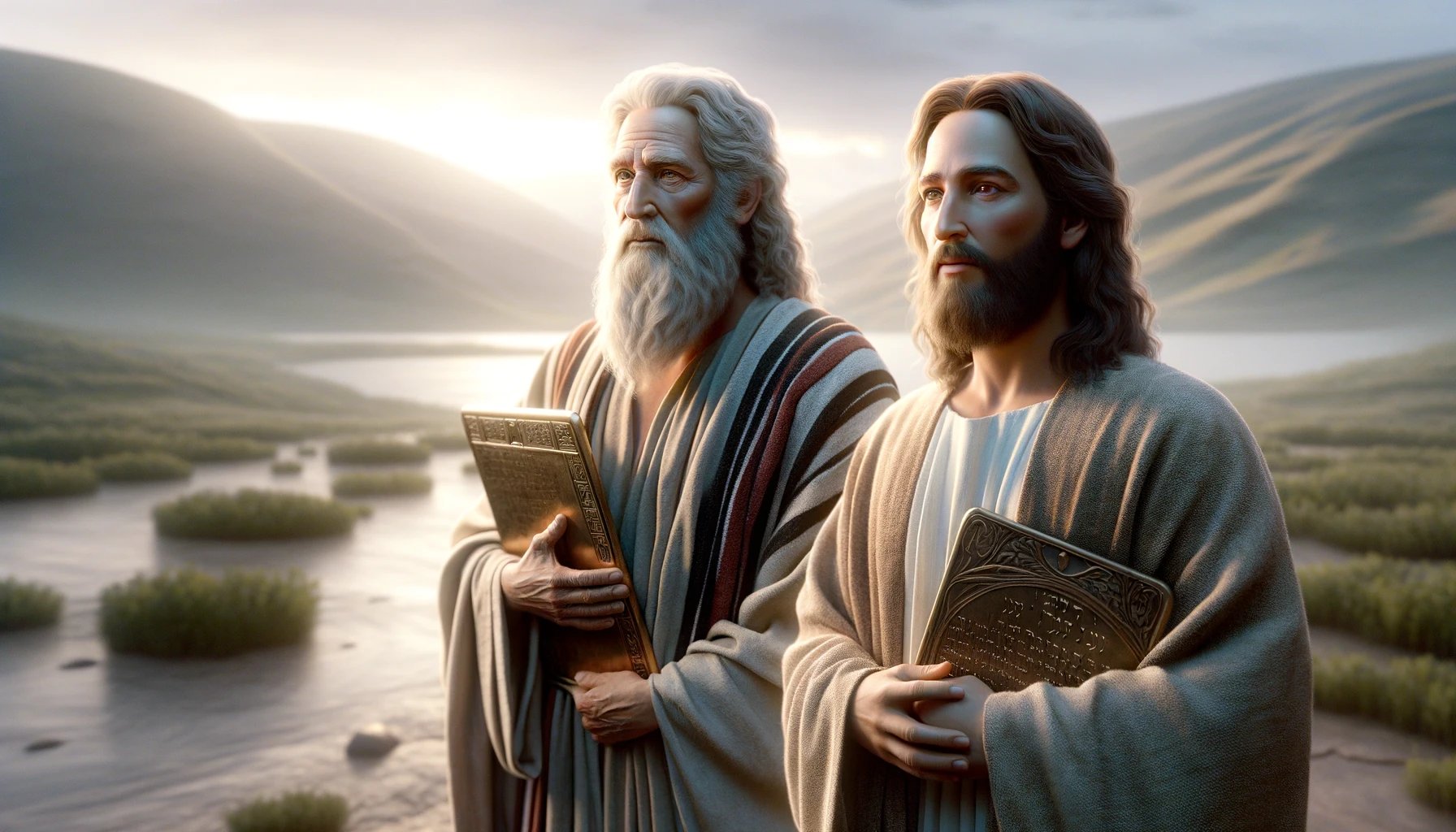

Bible Stories
How Many Years Elapsed After Moses Before Christ Jesus Appeared?
Published: March 1, 2024
Jason DeRose, Managing Editor at Christian.net, uses his expertise in religion and journalism to deepen understanding of faith's societal impacts. His editorial leadership, coupled with a strong academic background, enriches the platform’s diverse content, earning him recognition in both journalism and religious circles.
Discover the timeline between Moses and the appearance of Christ Jesus in the Bible. Uncover the years that passed and the stories that unfolded. Explore more Bible stories.
(Many of the links in this article redirect to a specific reviewed product. Your purchase of these products through affiliate links helps to generate commission for Christian.net, at no extra cost. Learn more)
Table of Contents
Introduction
How many years elapsed after Moses before Christ Jesus appeared? This is a question that has intrigued scholars and believers for centuries. The period between Moses and Christ is a significant one in religious history, as it marks the transition from the Old Testament to the New Testament. Understanding the timeline between these two pivotal figures is essential for gaining insight into the development of religious beliefs and practices. In this article, we will delve into the life of Moses, explore the period between Moses and Christ, and examine the appearance of Christ Jesus in the context of religious history.
Read more: How Many Years From Adam To Jesus Christ
The Life of Moses
Moses is a central figure in the religious narratives of Judaism, Christianity, and Islam. According to the biblical account, Moses was born during a time when the Israelites were enslaved in Egypt. His life began with a miraculous escape from death, as his mother placed him in a basket and set him afloat on the Nile River to evade the Pharaoh's decree to kill all Hebrew male babies. He was discovered by Pharaoh's daughter and raised in the royal court, where he received an education befitting a prince. However, Moses' true identity as a Hebrew was not lost on him, and he eventually fled Egypt after killing an Egyptian who was mistreating a Hebrew slave. It was during his exile that Moses encountered the burning bush and received his divine calling from God to lead the Israelites out of bondage. This pivotal moment marked the beginning of Moses' role as a prophet, leader, and lawgiver, as he guided the Israelites through their exodus from Egypt and received the Ten Commandments on Mount Sinai. Moses' life was characterized by his unwavering faith, his dedication to his people, and his pivotal role in shaping the religious and moral foundations of the Israelite nation.
- Miraculous Birth: Moses' life began with a miraculous escape from death, as his mother set him afloat on the Nile River to evade the Pharaoh's decree to kill all Hebrew male babies.
- Royal Upbringing: Despite being born into a Hebrew family, Moses was raised in the royal court of Egypt, where he received an education befitting a prince.
- Divine Calling: Moses' encounter with the burning bush marked the beginning of his divine calling from God to lead the Israelites out of bondage and guide them to the Promised Land.
- Exodus and Ten Commandments: Moses played a pivotal role in leading the Israelites through their exodus from Egypt and receiving the Ten Commandments on Mount Sinai, shaping the religious and moral foundations of the Israelite nation.
Moses' life is a testament to the power of faith, resilience, and divine guidance, and his legacy continues to resonate through the religious traditions that hold him in high esteem.
The Period Between Moses and Christ
The period between Moses and Christ is a significant era in religious history, encompassing several centuries of profound cultural, political, and religious developments. This transitional period saw the rise and fall of empires, the flourishing of diverse civilizations, and the evolution of religious beliefs and practices. It is a time marked by the compilation of sacred texts, the establishment of religious institutions, and the dissemination of prophetic teachings. The Israelites, who were led by Moses out of Egypt, experienced a tumultuous journey through the wilderness, the establishment of the Davidic kingdom, and the eventual exile to Babylon. During this time, the Hebrew Bible, or the Old Testament, took shape as a collection of sacred writings that would form the foundation of Judeo-Christian traditions. The teachings of prophets such as Isaiah, Jeremiah, and Ezekiel provided spiritual guidance and moral exhortations to the people of Israel, shaping their religious identity and ethical principles. The period between Moses and Christ laid the groundwork for the cultural and religious milieu into which Christ Jesus would emerge, carrying forward the legacy of the Israelite prophets and the enduring faith of the Jewish people.
- Cultural and Political Developments: The period between Moses and Christ witnessed the rise and fall of empires, the flourishing of diverse civilizations, and the establishment of religious institutions.
- Evolution of Religious Beliefs: This era saw the evolution of religious beliefs and practices, as well as the compilation of sacred texts that would form the foundation of Judeo-Christian traditions.
- Prophetic Teachings: The teachings of prophets such as Isaiah, Jeremiah, and Ezekiel provided spiritual guidance and moral exhortations, shaping the religious identity and ethical principles of the Israelite people.
- Foundation of Judeo-Christian Traditions: The period between Moses and Christ laid the groundwork for the cultural and religious milieu into which Christ Jesus would emerge, carrying forward the legacy of the Israelite prophets and the enduring faith of the Jewish people.
The period between Moses and Christ represents a pivotal juncture in the history of religious thought and practice, setting the stage for the emergence of Christianity and the profound impact of Christ Jesus on the spiritual landscape of the world.
The Appearance of Christ Jesus
The appearance of Christ Jesus marks a transformative moment in religious history, as it signifies the fulfillment of prophecies, the dawn of a new covenant, and the emergence of Christianity as a distinct faith tradition. According to the New Testament accounts, Christ Jesus was born in Bethlehem, fulfilling the prophetic anticipation of a Messiah who would bring salvation and redemption to humanity. His life and teachings centered on love, compassion, and the establishment of a spiritual kingdom that transcended earthly boundaries. Christ Jesus' ministry was characterized by miracles, parables, and profound ethical teachings that challenged existing religious norms and emphasized the primacy of faith and righteousness. His message of forgiveness, reconciliation, and the coming of the Kingdom of God resonated with multitudes, drawing followers from diverse backgrounds and inspiring a movement that would eventually shape the course of world history.
The crucifixion and resurrection of Christ Jesus are central tenets of Christian faith, representing the sacrificial atonement for humanity's sins and the triumph over death. The events surrounding Christ's death and resurrection are foundational to Christian theology, symbolizing the ultimate expression of divine love and the promise of eternal life. The apostolic witness to Christ's resurrection and the subsequent spread of the Christian message throughout the Roman Empire contributed to the rapid growth and establishment of Christianity as a global faith. The teachings of Christ Jesus, as recorded in the Gospels, continue to serve as a source of spiritual guidance, moral insight, and theological reflection for billions of believers around the world.
The appearance of Christ Jesus not only transformed the religious landscape of the ancient world but also laid the groundwork for the development of Christian theology, ecclesiastical institutions, and the enduring legacy of his teachings. The impact of Christ Jesus' life, death, and resurrection reverberates through the annals of history, shaping the beliefs, practices, and cultural expressions of diverse societies and leaving an indelible imprint on the human experience. The significance of Christ Jesus' appearance extends far beyond the confines of a specific historical moment, encompassing the profound spiritual and existential dimensions of human existence and offering a message of hope, redemption, and eternal significance.
